Many homeowners take pride in their lawns. You set up a watering schedule, you plan ahead to fertilize, and you make sure your lawn is the thickest and greenest in the neighborhood. It’s time to dig deeper into your lawn care – literally. Under the surface of your lawn, the soil is compacting season after season, stunting your grass growth.
What Causes Soil to Compact?
Believe it or not, one of the main causes of soil compaction could be your lawn care routine. That’s right, pushing your mower over your lawn every other week puts pressure on your lawn. Those small wheels sink into the ground and force your soil to compress. This compression can also occur with animals trotting around your yard – whether it’s your furry family member or intruders like raccoons, neighborhood cats, or deer. Even having friends and family in our backyard or kids playing in your yard can cause your soil to compact faster than you think!
Why Is Soil Compaction a Problem?
When soil compacts, it becomes denser and stronger. This makes it more difficult for your plants to grow roots, as it takes a lot of energy to break through the dense, thick soil that has been compacted. This also makes it difficult for nutrients like nitrogen, phosphorous, and potassium to move through the soil to your plant’s roots. These nutrients are vital for the growth and greenness of your lawn. Soil can also compact towards the surface of your lawn, often called “soil crusting,” which can make it difficult for water and fertilizer to be absorbed into the soil. The consequences of compacted soil, even only a quarter of half an inch deep, can lead to poor plant growth.
What is Lawn Aeration?
When the soil is compacted, we need to give it room to breathe and move nutrients again. That’s where lawn aeration comes in. Aerating your lawn includes poking holes into your soil and removing small cores of your lawn. This leaves holes for your soil to breathe! That aeration also gives nutrients paths to move through the soil to plant roots, which then have room to grow. Amazing what a little extra room will do for your lawn.

Signs Your Lawn Needs to Be Aerated
If it’s not already, monitoring your soil for compaction should be an integral part of your lawn care routine. Compacted soil deprives your plants of water, oxygen, and nutrients. Here are the signs your soil is too compact, and your lawn needs to be aerated:
- Grass that looks “stressed”
- Loss of healthy, green coloring
- Lawn gradually gets thinner
- Soil is hard to the touch
- Puddles of rainwater form
The Final Test for Lawn Aeration
If you’re still not sure if you need to aerate your lawn, there is one way to test your soil. The final test to tell if your soil is compacted and your yard needs lawn aeration is called the “screwdriver test.” All you need is a regular screwdriver! Take the screwdriver and stick it in the ground. Healthy, aerated soil will easily slip the screwdriver into your soil with no resistance. If it is difficult to put your screwdriver into the soil, then your soil is compacted. If it’s difficult for your metal screwdriver to penetrate your lawn, imagine how your plant roots are doing!
When Should I Aerate My Lawn?
The short answer is: right before your lawn’s main growing season. You should never aerate your lawn when it is not growing, it can cause unnecessary stress to your already-struggling lawn. Remember, cool-season grasses and warm-season grasses have different growing seasons. Similar, but different. If your lawn is full of cool-season grass, meaning you live in the north, the best time for lawn aeration is in the early fall or early spring. For warm-season grass, those lawns that thrive in the Sun Belt, the best time to aerate is late spring and early summer. Here’s why: growing grass is regenerating every day, so it’s easy to recover from soil damage (which is essentially the process of lawn aeration). The grass roots and nutrients will fill in the gaps that lawn aeration opens up in your yard.
How Do I Aerate My Lawn?
There are a few ways to aerate your lawn, including core aerators or solid-tine aerators. You can pay a lawn company to come and aerate your lawn or you can rent a machine from your local Lowe's or Home Depot. Solid-tin aerators simply poke holes in the allow, creating channels for air and water movement. Core aeration removes cores of soil and brings them to the surface where they are typically left to decompose. These holes created allow for increased oxygen flow and water infiltration into the soil.
The Biggest Mistake in Lawn Aeration
The biggest mistake homeowners can make in their lawn aeration is forgetting about their sprinkler heads. We just described to you ways to poke holes into your soil, but if you aren’t mindful of your irrigation system, you could damage it. You could end up breaking expensive equipment or worse – springing a leak, leading to a swamp of a lawn! All you have to do to avoid this costly mistake is flag your sprinkler heads. This way, during lawn aeration, you can easily maneuver and avoid your sprinklers.
Tips for Avoiding Soil Compaction
Now that you know how to aerate your lawn, here’s how you can prevent your lawn from needing aeration more frequently than once a year:
- Avoid mowing the lawn when the soil is wet
- Choose a light-weight mower
- Add our Simple Lawn Solutions Soil Loosener, to address any drainage problems
- Control foot traffic – add a walkway or stepping stones to avoid your soil being trampled
It’s Fertilization Time!
Lawn aeration is a vital part of your lawn care routine that does wonders to restore green, healthy grass. Right after aeration is also the best time to fertilize your lawn! You just created pockets and airways that allow your soil to properly absorb nutrients from lawn food. Depending on the time of year you decide to aerate, choose a fertilizer fit for that season. Here at Simple Lawn Solutions, we have liquid lawn food perfect for every season. For the best-looking, healthiest lawn possible follow these steps:
- Lawn aeration
- Fertilize with our liquid lawn food
- Follow up with a booster, such as Growth Booster
- Give your lawn a micronutrient increase with Lawn Energizer
- Water your lawn regularly
Our products are kid and pet safe, so your freshly aerated and fertilized lawn is on its way to greener grass, without the harsh chemicals! Ready to aerate? Get your liquid lawn food right now so you’re ready for prime fertilization time.


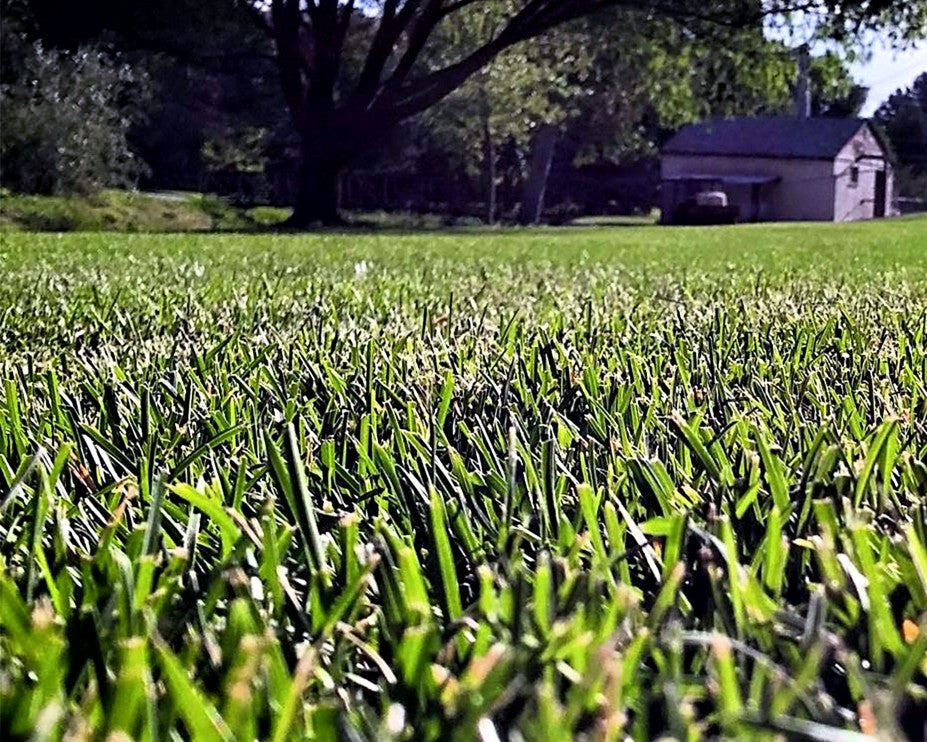


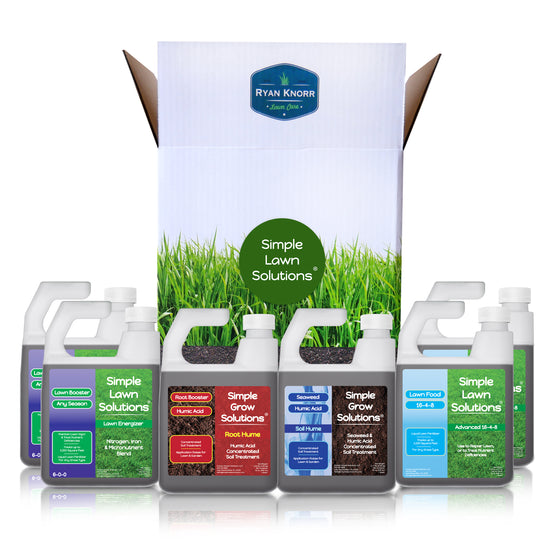
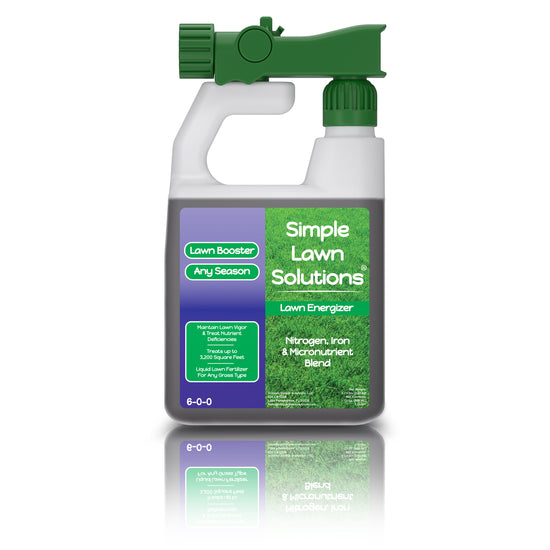
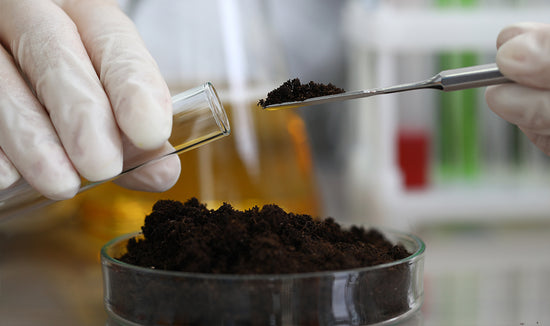
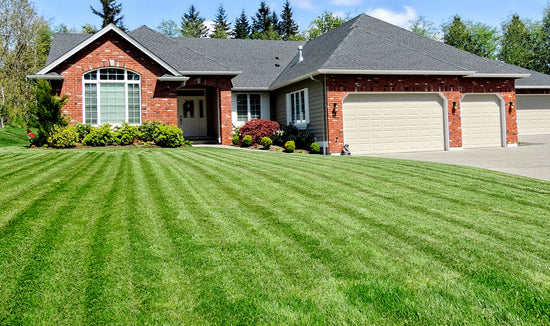
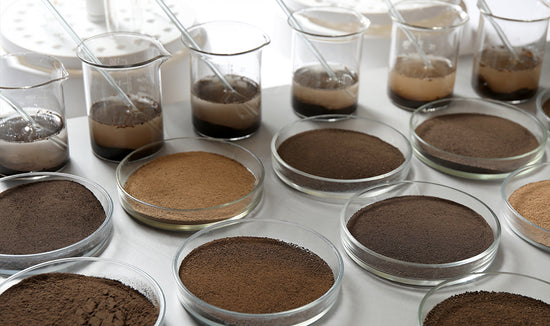
4 comments
Hello Miranda,
The rain should not be a problem. We recommend watering in right after application to help the product be absorbed into the soil instead of sitting on the leaves. Hope this helps!
I just purchased your product. It states to water a minimum of 1 to 2 inches of water after application.
We will be getting rain on/off throughout the week and possibly the next. How much is too much water in a given week? (Inches…)
thank you
Hello Jay,
We recommend waiting a bit, as our soil loosener can take up to 6 weeks to work its way through the soil completely. You could manually aerate and appy the soil loosener. The manual aeration will give you immediate results, and the soil loosener will work over time to keep your soil aerated.
Please send us an email if you have any additional questions!
I have a new construction lawn. Very high clay content. Can I aerate more than once at this point?